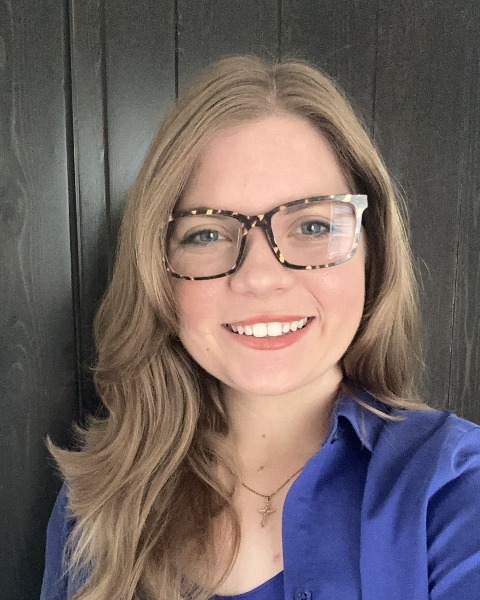Older Adults (OA)
PP601 - Impact of Research Protocols on Increasing Access to Audiological Care for Older Adults: A Case Study

Erin M. Holcomb
AuD Student
University of Louisville School of Medicine
University of Louisville
Louisville, KentuckyDisclosure(s): No financial or nonfinancial relationships to disclose.
- LG
Laura N. Galloway, AuD
Assistant Professor
University of Louisville
University of LouisvilleDisclosure(s): No financial or nonfinancial relationships to disclose.
Lead Presenter(s)
Contributor(s)
This study describes facilitators and barriers to recruiting older adults in a geriatric primary care practice for a novel intervention aimed at promoting uptake of hearing health care services. We will describe modifications to recruitment protocols and the impact of each change on study outcomes. We will also discuss misconceptions about referrals to audiology, the effects of hearing loss on older adults, and strategies for interprofessional practice between audiologists and primary healthcare providers.
Summary:
Rationale: Hearing loss affects approximately 75% of adults over 65 years old (National Institute on Aging, 2023), but only 14.4% of them report wearing a hearing aid (Madans et al., 2021 ). Research has shown accessibility and affordability to be the main barriers to older adults accessing hearing healthcare (Willink et al., 2019). For many patients, insurance and Medicare require a referral to audiology services. Therefore, healthcare providers play an important role in helping their patients access care. Social support provided by physicians in the form of education and hearing screenings has been shown to influence patients to seek audiology care (Bennett et al., 2020). Another study showed that even without routine hearing screenings, physician education on hearing loss, including handout materials, was estimated to improve quality of life (Dubno, 2022). The data suggests that healthcare professionals play a strong role in influencing the trajectory of an individual’s uptake of hearing healthcare. The iManage My Hearing Loss program, is an interactive, online decision coaching guide designed to promote uptake of audiology services. The purpose of this study is to describe barriers and facilitators to recruitment challenges experienced during an effectiveness study at a comprehensive geriatric clinic in an urban setting. An effectiveness study is one where the research team has very limited interaction with subjects while the intervention is tested in a ‘real world’ setting. Here we can directly assess the impact of the primary care providers on uptake of the intervention and subsequent uptake of hearing healthcare services.
Methods: An initial protocol was designed with gerontology care providers and staff at an aging clinic in Louisville KY. The protocol involved inviting older adults who fail a hearing screening during annual wellness visits to participate in the study by handing them a brochure with study information. After very low recruitment numbers at this clinic, the research team made modifications to the protocol over the course of eleven months and tracked brochure dissemination with each change made to the protocol. We will describe modifications and subsequent changes in number of brochures handed out and uptake of the study as well as misconceptions about referrals to audiology, the effects of hearing loss on older adults, and strategies for interprofessional practice between audiologists and primary healthcare providers.
Results: While many of the modifications made to the protocol, did result in an increase in brochure dissemination, ultimately, it was not until a member of the study team began attending annual wellness appointments, that the brochure count increased substantially. This potentially indicates gaps in quality care and the need for improved interprofessional practice between audiologists and gerontologists. Through resources and education, the experience provides support for viewing hearing loss as a multi-disciplinary concern.Learning Objectives:
